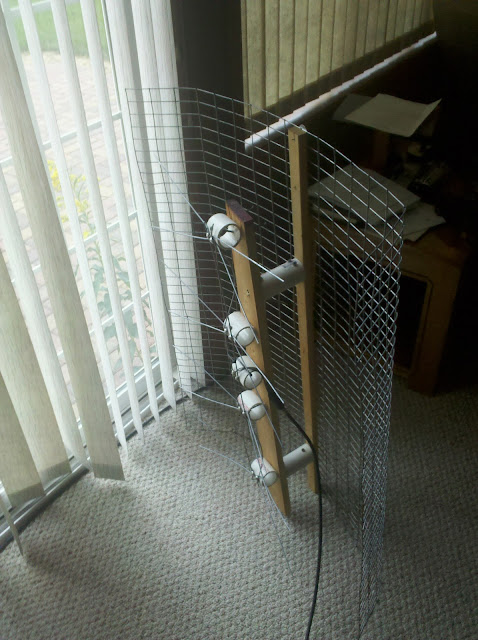I've been reading a lot about this coat hanger antenna said to be better than most store bought antennas. I have a huge antenna I bought a couple years ago, one that I was told I would need to receive my local channels & tried finding the best spot possible but 1 channel is all I get reliably. I live 50 miles south of Seattle but I'm unable to pick up the local channels. The only one I do get is 40 miles nw from me. I live in the sticks and there's a lot of hills all around me.
But I've been reading that this coat hanger antenna along with a few other home made antennas, out perform some of the best aerial antennas on the market.
Has anyone here heard about this or have had any experience with this?
Also, I've read that nearly all TV channels are now UHF, even if their allocated TV station number is in the VHF range, the actual frequency is in the UHF range now since the transition. My antenna picks up all kinds of bands & frequency.
Maybe simpler is better.
But I've been reading that this coat hanger antenna along with a few other home made antennas, out perform some of the best aerial antennas on the market.
Has anyone here heard about this or have had any experience with this?
Also, I've read that nearly all TV channels are now UHF, even if their allocated TV station number is in the VHF range, the actual frequency is in the UHF range now since the transition. My antenna picks up all kinds of bands & frequency.
Maybe simpler is better.


